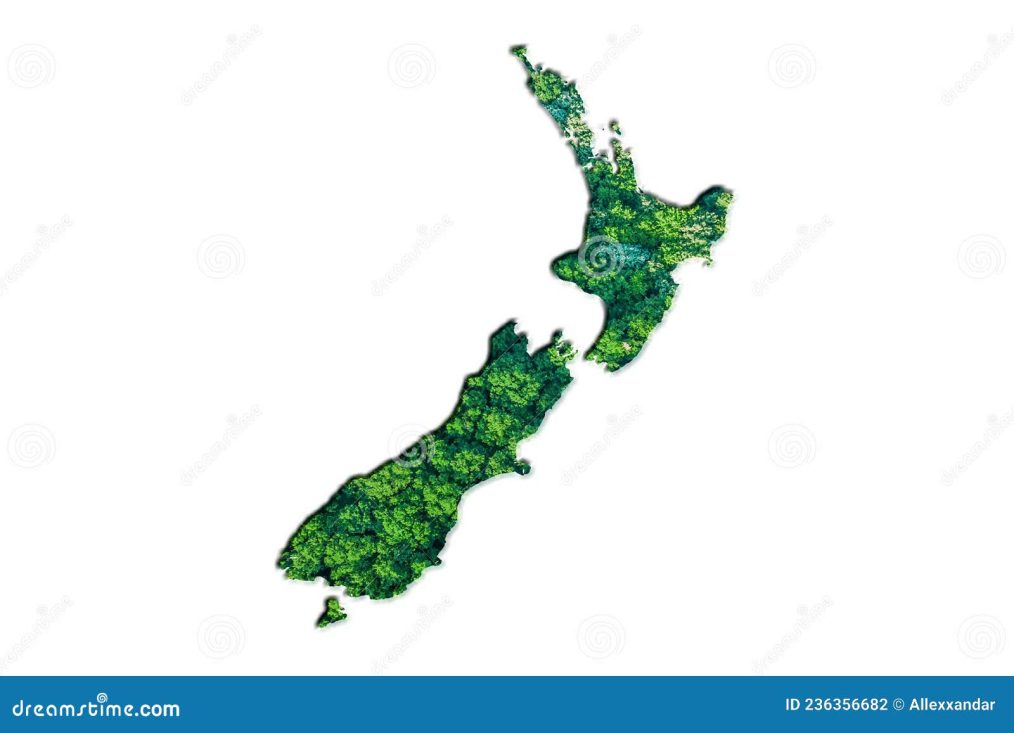aWise Blog
Australia’s relationship with national service has been marked by controversy and evolution. Historically intertwined with conscription, it has often faced public opposition and societal division. However, in an era of increasing regional instability and global challenges, the question arises: is it time to reconsider national service in a modern context?
Historical Context and Public Perception
National service in Australia has a complex history, beginning with conscription referendums during the First World War. The 1916 and 1917 referendums, aimed at mandating military service, deeply divided the nation and were ultimately rejected. Nevertheless, compulsory service returned during the Second World War to strengthen Australia’s defence against the advancing forces of Imperial Japan.
The Cold War brought peacetime national service in 1951, reflecting fears of communist expansion. However, the Vietnam War era—with its selective conscription via a controversial birthday lottery—sparked widespread protests, exposing the deep societal rifts over government-mandated service.
These historical examples highlight the tension between national duty and individual freedom, shaping contemporary views on compulsory service. While Australia has since moved away from mandatory programs, the debate about national service’s relevance in today’s world remains pertinent.
Global Lessons in National Service
Many nations continue to employ national service as a tool for fostering civic responsibility and addressing national needs. Countries like Germany, Israel, Sweden, and Singapore use such programs to provide workforce training, instill discipline, and promote a sense of shared purpose. These models demonstrate that national service can be more than a military endeavour; it can be a platform for uniting citizens and preparing them for diverse roles in society.
Rethinking National Service for Modern Australia
Today’s geopolitical landscape demands a fresh perspective on national service. Unlike past programs centred solely on military conscription, a modern approach should encompass a broader vision, addressing both security and societal challenges. This could involve:
- Military and Civil Pathways: Offering options for young Australians to contribute through military roles or civilian services such as healthcare, construction, logistics, and disaster response.
- Skill Development: Providing training in critical areas, ensuring participants gain valuable skills applicable to both national needs and personal career aspirations.
- Civic Engagement: Fostering a sense of patriotism rooted in shared responsibilities and contributions, rather than passive association with national identity.
Building Hard Patriotism
Patriotism in Australia has traditionally been “soft,” characterised by symbolic gestures rather than tangible commitments. While this form of patriotism remains important, today’s challenges necessitate “hard patriotism,” involving active participation in the nation’s defence and resilience.
Hard patriotism doesn’t solely imply military service. It encompasses a society-wide mobilisation where individuals contribute to national security and prosperity in meaningful ways. For instance, mobilising resources and talent to address cybersecurity threats, infrastructure development, and emergency response are just as critical as military readiness.
A Practical Framework for National Service
A revitalised national service program in Australia could follow these guiding principles:
- Inclusivity: Open to all citizens, with options tailored to diverse capabilities and interests.
- Flexibility: Allowing participants to choose from various service pathways, ensuring alignment with personal goals and national priorities.
- Community Impact: Encouraging projects that address local and regional challenges, fostering a direct connection between service and societal improvement.
For instance, participants could engage in environmental conservation efforts, support aged care facilities, or enhance digital infrastructure, all of which contribute to national resilience.
The Strategic Necessity
Australia’s geographical isolation, once a shield, no longer guarantees safety in an interconnected and technologically advanced world. Potential adversaries with long-range capabilities and cyber warfare tools present real threats to national security. A well-prepared and engaged citizenry is essential to mitigate these risks.
By instilling a culture of service, Australia can strengthen its defence posture and build a society resilient to external pressures. This requires not just readiness for military engagement but also the capacity to respond to crises like natural disasters, pandemics, and economic disruptions.
Engaging the Next Generation
A successful national service program must resonate with young Australians. It should address their concerns, such as job prospects, housing affordability, and climate change, while offering a platform for meaningful contribution. Providing clear benefits—such as education subsidies, career training, and pathways to employment—can make national service an attractive and viable option.
Conclusion
The call for national service in Australia is not a return to outdated conscription models but a forward-looking strategy to unify and empower citizens. In a world fraught with uncertainty, a modernized national service program can foster a sense of purpose, equip individuals with valuable skills, and enhance national resilience.
Australia’s future depends on its ability to adapt and mobilize. By embracing a new vision for national service, the nation can build a stronger, more cohesive society ready to face the challenges of the 21st century.












